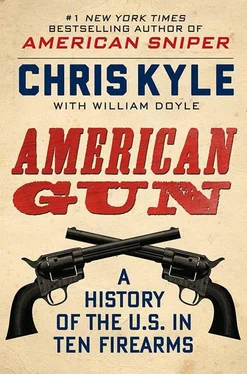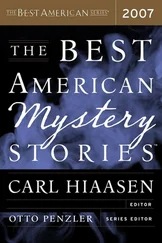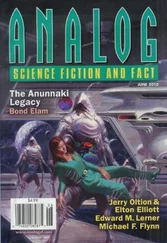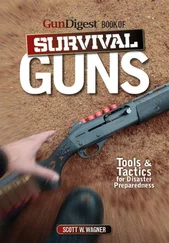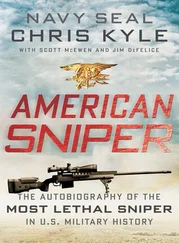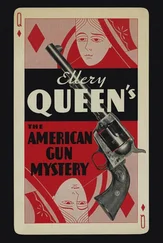Later that spring, having repelled the Nazi’s furious final counterpunch, American GIs hoisted beer mugs and bottles of wine inside the ruins of Hitler’s luxury mountain retreat at Berchtesgaden. Their M1 Garands were stacked along the wall. On May 7, 1945, two weeks after Hitler used a Walther BPK 7.65 pistol on himself, General Eisenhower accepted the German surrender.
The M1 Garand saw action again in the Korean War, where its durability meant life or death during the coldest months of the war. One Marine veteran of the fight, Theo McLemore, said later that the trick to keeping the M1 Garands working was to run the weapon dry: wipe out all traces of oil and lubricant from the rifle, which otherwise froze and jammed the gun. That is definitely not something you want to try at home, but apparently the Garands could handle it.
“Not having any oil or grease was hard on the weapons,” McLemore admitted, “but removing it allowed us to use our M1s even when the temperature got down to 40 below. The M1 was our best weapon, and we really relied on those rifles.”
The M1 served faithfully, but its time had passed. Being able to squeeze off eight shots without reloading had been a godsend in the 1940s. Now it was not enough by half. More versatile automatic and semi-automatic weapons, made possible by gas systems, were clearly the way of the future.
The problem was how to get there.
The M1 was a proven weapon system, so it was natural to try to improve it. Different trials during and right after World War II gave test versions more rounds and the ability to fire fully automatic. The truth is, none of these experiments was very successful. A much more promising rifle, known to history as the T25, was developed as an alternative. Despite its potential, the T25 didn’t get far in development. Politics took over—there’s a shock—and the eventual winner in the contest to replace the M1 was the M14, the next branch on the Garand’s evolutionary tree.
The worst thing about the M14 was that it wasn’t the AK47, which appeared in Russian hands shortly before the M14 was announced. The AK47 was a groundbreaker and an icon. It was the best gun of its day. Although it’s a far cry from my favorite, it’s still a deadly and popular weapon the world over.
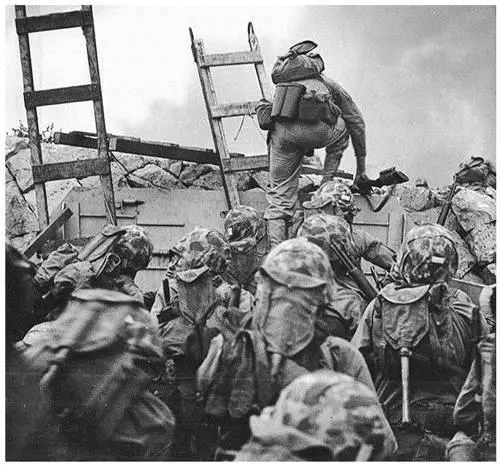
Medal of Honor recipient Baldomero Lopez leading his Marines and their M1s in Korea, 1950.
National Archives
The second worst thing about the M14 was that it tried to be all things to all people. It was specified that the gun had to meet a wide range of requirements—accuracy at distance, fully automatic fire, ruggedness, and all that. But they just didn’t work together well in that platform or with the cartridges it was designed to fire.
The M14 was adopted in 1957 and served with frontline troops early in the Vietnam conflict. There were drawbacks and complaints right off. The rifle was difficult to control on automatic fire. The weight and size of the weapon made it a bit of a pain to use if you had to hump long distances in the jungle. Soldiers said the humidity swelled the wooden stocks, eroding the gun’s accuracy.
But the gun was good at some things. For one, as long as you didn’t use it on full-auto, it was very accurate. It fired a big, man-stopping round which could penetrate the thick jungle canopy. In fact, if you thought of it simply as an M1 on steroids, an improved semi-automatic that used a twenty-round magazine instead of a clip, it wasn’t a bad gun. If you put a scope on it, or if you were truly skilled in the use of its iron sights, the M14 was a lethal and dependable infantry weapon. It wasn’t an AK, and as long as you remembered that, you were good to go.
Some soldiers kept the gun, preferring it over its replacement, the M16. But there were plenty of critics. It didn’t help that the government had spent millions in taxpayers’ money to develop it, and another $140 million to produce it. And that was back in the days when a million dollars was a million dollars.
The editor of Army Times called the M14 “nothing more than the M1 Garand with a semi-automatic position and an uncontrollable fully automatic position.” A report by the comptroller of the Department of Defense put it down as “completely inferior” to the World War II–era M1 in September 1962. The worst cut of all came from John Garand himself, who claimed the gas system was “bunk. I tested it and it doesn’t work the way they claim.”
But a funny thing happened to the M14 on the way to the scrap heap. The gun’s accuracy and its ability to shoot a number of rounds without having to change the magazine suggested to some that it could be the basis of a good sniper weapon.
The M14’s sniper brother, the M21, turned out to be a very useful sniper weapon. It served from the Vietnam War into the 1980s. A new and improved version, the M25, started being used around the time of the first Gulf War.
SEALs used the M14 for different tasks, never completely letting go of the older gun and its powerful rounds. They did this despite the limitations: the weapon was designed at a time when body armor wasn’t common, and things like lasers and night scopes were still mostly things in science fiction books.
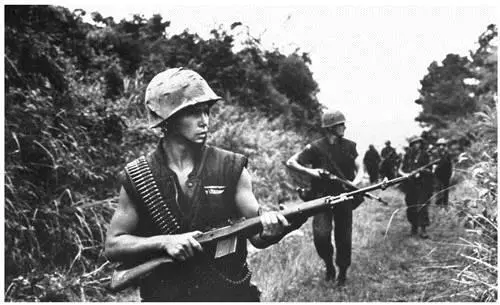
An American on patrol in Vietnam with an M14.
National Archives
Being SEALs, they couldn’t leave well enough alone—they had to make it better. A much improved version, the SEAL CQB rifle, also known as the M14 Enhanced Battle Rifle, eventually emerged as a modern variant of the original. From the outside, the weapon looks nothing like the wooden framed gun of the 1960s. It’s heavier, and there’s not a wood grain in sight. But it still has the heart of the gun that won World War II deep inside.
Craig Sawyer is a security consultant and the star of a bunch of reality shows, including Rhino Wars and Top Shot. Back in the day, he was a SEAL sniper, and among his favorite weapons was an M14. We traded notes at a recent SHOT Show, and swapped stories.
In the Teams, Craig used a customed sniper rifle that was tailored to be mission specific. Today his sponsors give him access to the best gear he can find. But he still goes old school when he can. Having learned to shoot as a kid in Texas—yup, we’re everywhere—Saw still feels comfortable doing things the old-fashioned way. No wonder: I’ve heard some incredible stories about shots he pulled off from helicopters using just an M14 with no scope.
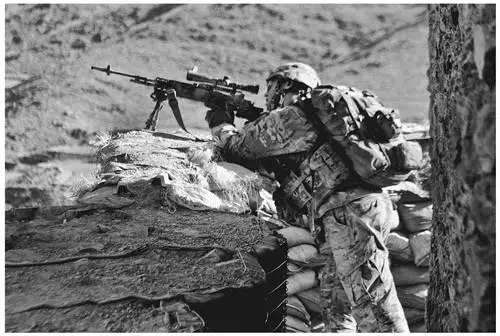
An M14 Enhanced Battle Rifle in the hands of a U.S. Army soldier in Kunar province, Afghanistan, January 2013.
U.S. Army (photo by Sgt. John Heinrich)
Now, it’s not just the rifle that matters. The guy at the trigger is important too. You don’t just wake up one day and shoot a tight group at eight hundred yards. A man may have God-given talents, but without practice he won’t be very good. That’s something that all good shooters, whether they’re snipers, Marines, or match competitors, have in common; they practice a lot, and they keep on practicing.
Then again, that philosophy applies to just about everything you do in life.
The M1 Garand is truly an American classic. But its day was shorter than just about every weapon we’ve hit on. The Garand showed the way of the future: more bullets, easy loading, rapid firing. Accuracy was important, durability more so. Past a certain point, range might or might not be a critical factor, depending on how the gun was being used.
Читать дальше
